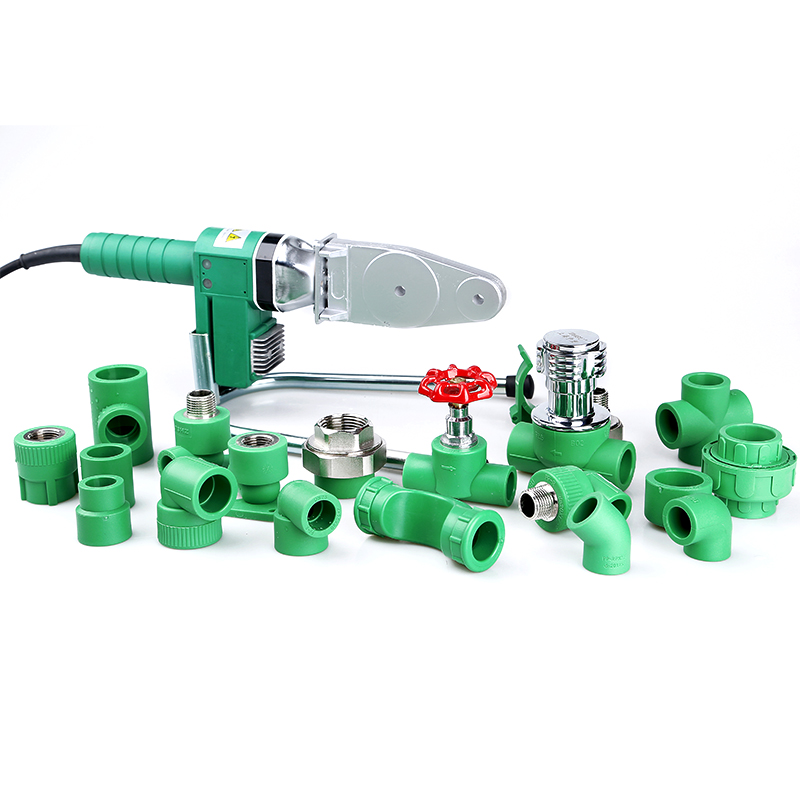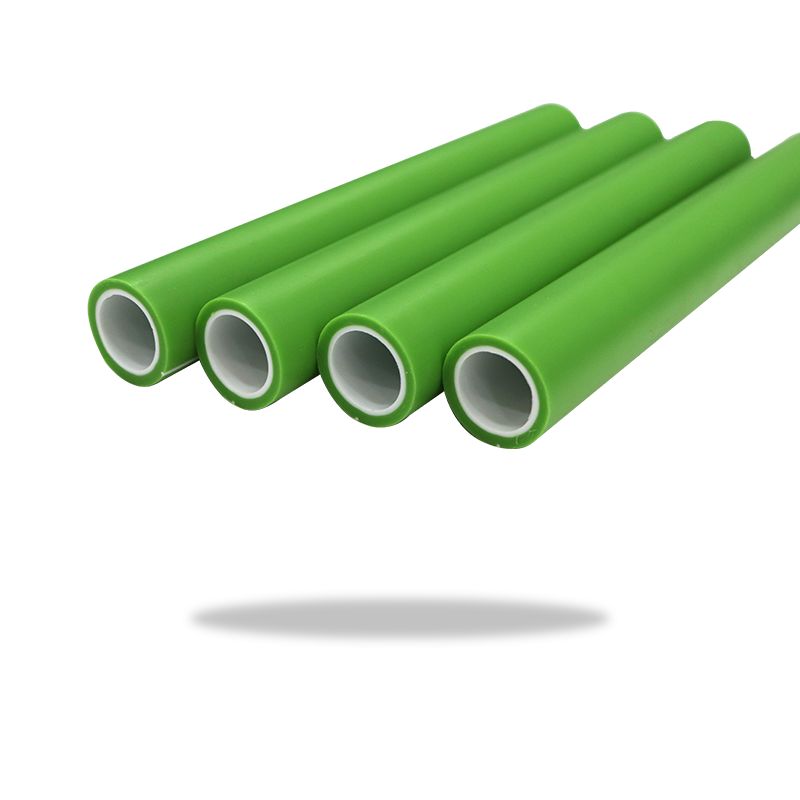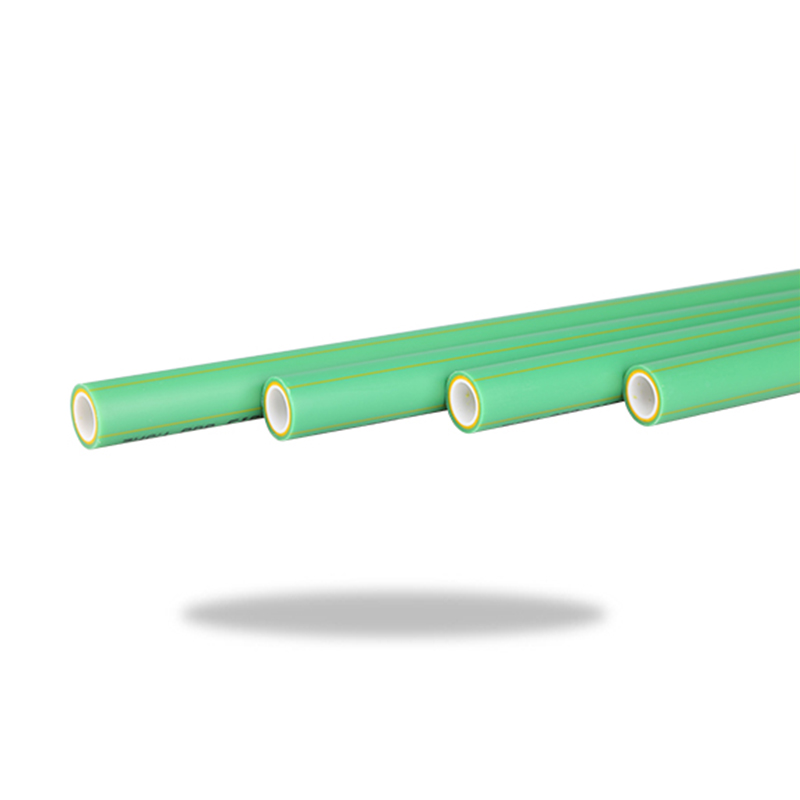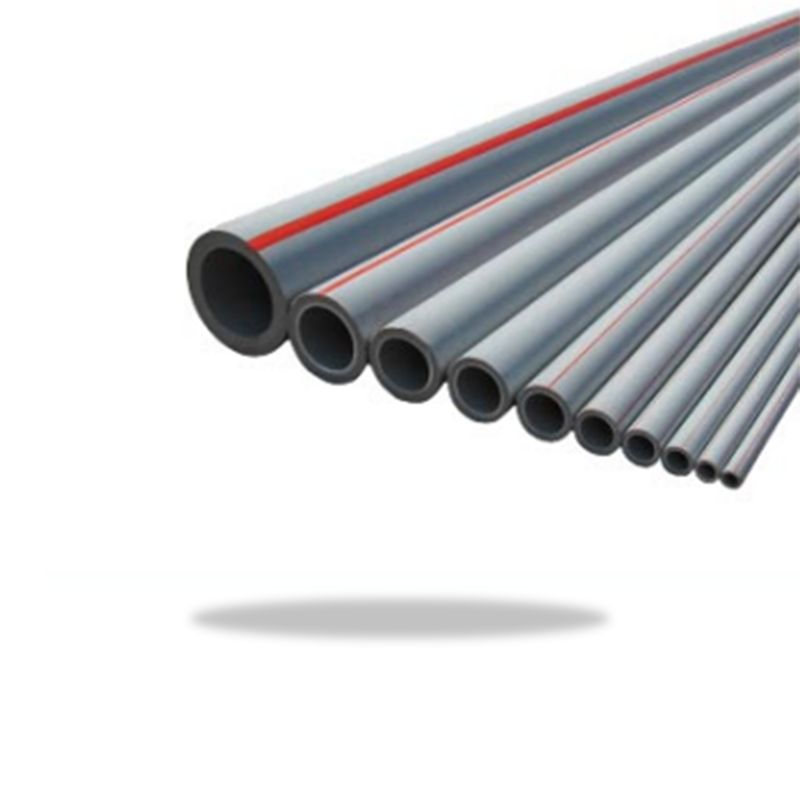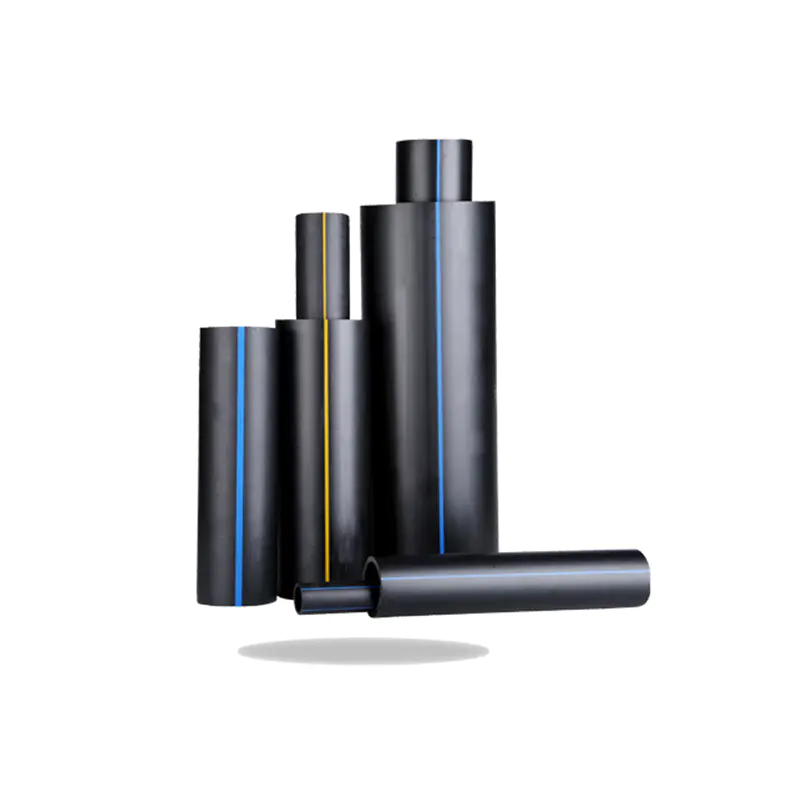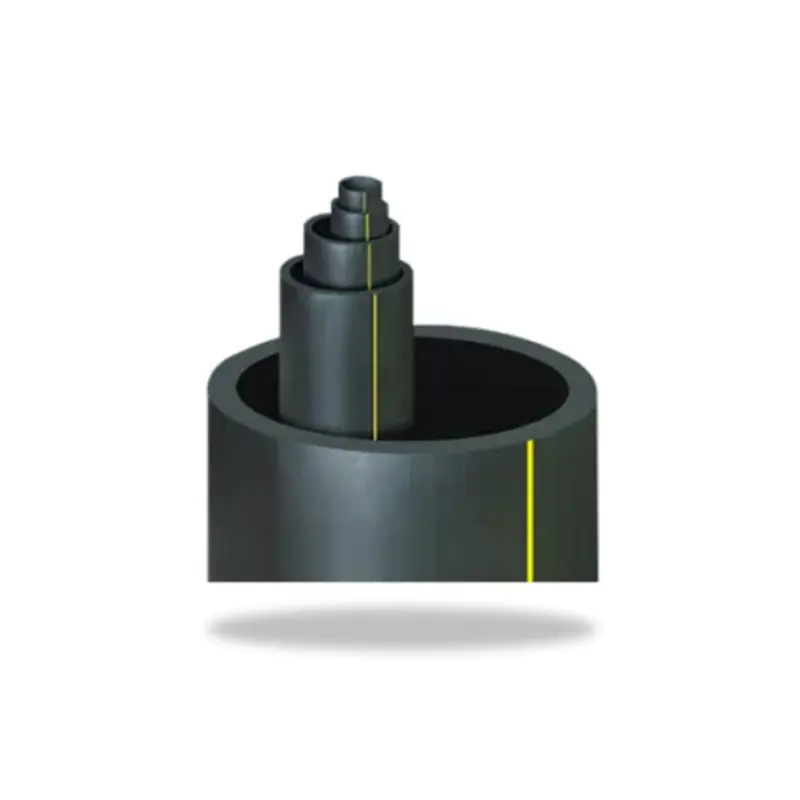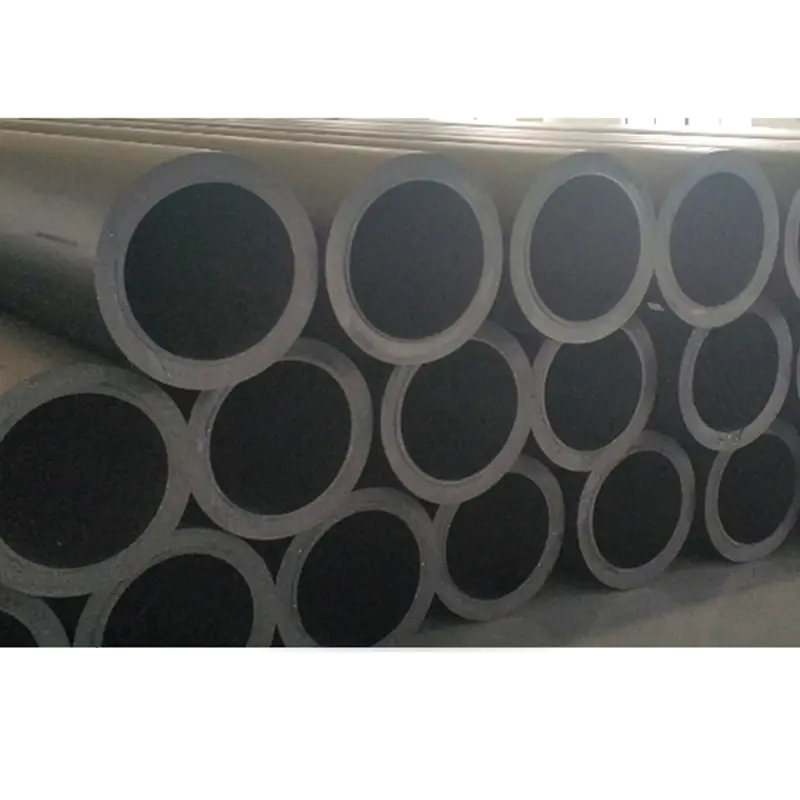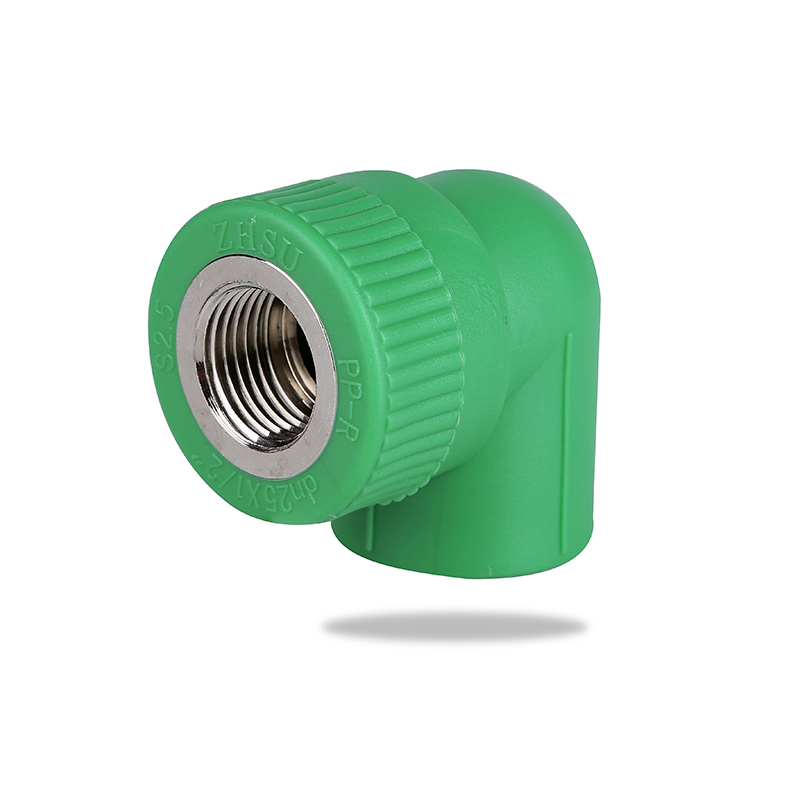Introduction to PPR Pipes for Drinking Water
PPR pipes, made from polypropylene random copolymer, have become one of the most popular materials for plumbing systems, especially for drinking water supply in homes. They offer several advantages, making them a top choice for home decoration and residential water systems. In this article, we will explore why PPR pipes are the first choice for drinking water systems in home decoration, focusing on their safety, durability, cost-effectiveness, and environmental benefits.
What Are PPR Pipes?
PPR pipes are made from a type of polypropylene polymer known for its random copolymer structure. This structure gives the pipes superior resistance to pressure and temperature changes, making them ideal for both cold and hot water systems. The pipes are commonly used for residential plumbing, particularly in systems that carry drinking water due to their hygienic properties and ease of installation.
Why PPR Pipes Are the Best Choice for Drinking Water Systems
There are many reasons why PPR pipes are considered the best option for transporting drinking water in home plumbing systems. Let’s take a closer look at the key factors that contribute to their popularity.
1. Safe for Drinking Water
One of the most significant concerns when choosing Potable Water PPR Pipe is ensuring they do not contaminate the water. PPR pipes are made from food-grade materials that do not leach harmful substances into the water. They are free from toxic chemicals like lead, BPA (Bisphenol A), and phthalates, which are often found in other plastic pipes. This ensures that the water transported through PPR pipes remains safe for consumption and free from health risks.
- Non-toxic and safe for drinking water.
- Compliant with international health and safety standards.
- No contamination or taste alteration of water.
2. Durability and Longevity
PPR pipes are known for their impressive durability. Unlike traditional metal pipes, PPR pipes are resistant to corrosion, rust, and scaling, making them a long-lasting solution for drinking water systems. They can withstand high temperatures (up to 95°C) and pressure, ensuring a reliable water supply for many years without the need for frequent repairs or replacements.
- Long service life of up to 50 years or more.
- Resistance to corrosion and chemical reactions.
- High pressure and temperature resistance.
3. Cost-Effectiveness
When compared to metal pipes, PPR pipes are a more cost-effective option for homeowners. They are lightweight and easy to transport, which reduces installation costs. Moreover, the long lifespan and minimal maintenance requirements of PPR pipes further contribute to their overall affordability. In the long run, PPR pipes are an investment that saves both time and money, offering high performance at a lower cost.
- Lower initial installation cost compared to metal pipes.
- Minimal maintenance and no need for regular replacements.
- Durable and long-lasting, reducing future repair costs.
4. Resistance to Bacterial Growth
PPR pipes are resistant to bacterial growth due to their smooth surface, which prevents the accumulation of dirt and organic matter inside the pipes. This is a significant benefit in drinking water systems, as it ensures the water remains clean and free from contaminants. Additionally, the non-porous surface prevents mold and mildew formation, which is common in other types of pipes.
- Prevents the growth of bacteria and other pathogens.
- Smooth surface ensures clean water flow.
- Reduces the risk of waterborne diseases.
5. Easy Installation and Maintenance
PPR pipes are lightweight and easy to handle, making them simple to install. The installation process is straightforward and requires fewer tools compared to metal pipes. Additionally, PPR pipes can be welded using a fusion welding method, creating strong and leak-proof joints. This means fewer potential failure points and a more reliable plumbing system. Maintenance is also simple, as the smooth inner surface prevents clogging and scaling.
- Easy to install with fusion welding, ensuring secure joints.
- Low maintenance requirements due to smooth, non-porous surface.
- Fast and cost-effective installation process.
6. Environmentally Friendly
PPR pipes are an environmentally friendly choice for plumbing systems. They are made from recyclable materials, and their manufacturing process is less harmful to the environment compared to the production of metal pipes. Moreover, their long lifespan means fewer replacements are needed, reducing waste over time.
- Made from recyclable, eco-friendly materials.
- Reduces environmental impact due to its long service life.
- Manufactured with minimal pollution and energy usage.
Conclusion
PPR pipes are an excellent choice for home plumbing systems, particularly when it comes to drinking water supply. With their high safety standards, durability, cost-effectiveness, and environmental benefits, they offer a reliable and long-lasting solution. Whether you’re renovating an existing home or building a new one, choosing PPR pipes for your drinking water system ensures a safe, sustainable, and efficient water supply for years to come.


 简体中文
简体中文 English
English русский
русский Español
Español Français
Français عربى
عربى Português
Português 日本語
日本語 italiano
italiano Nederlands
Nederlands Polskie
Polskie
